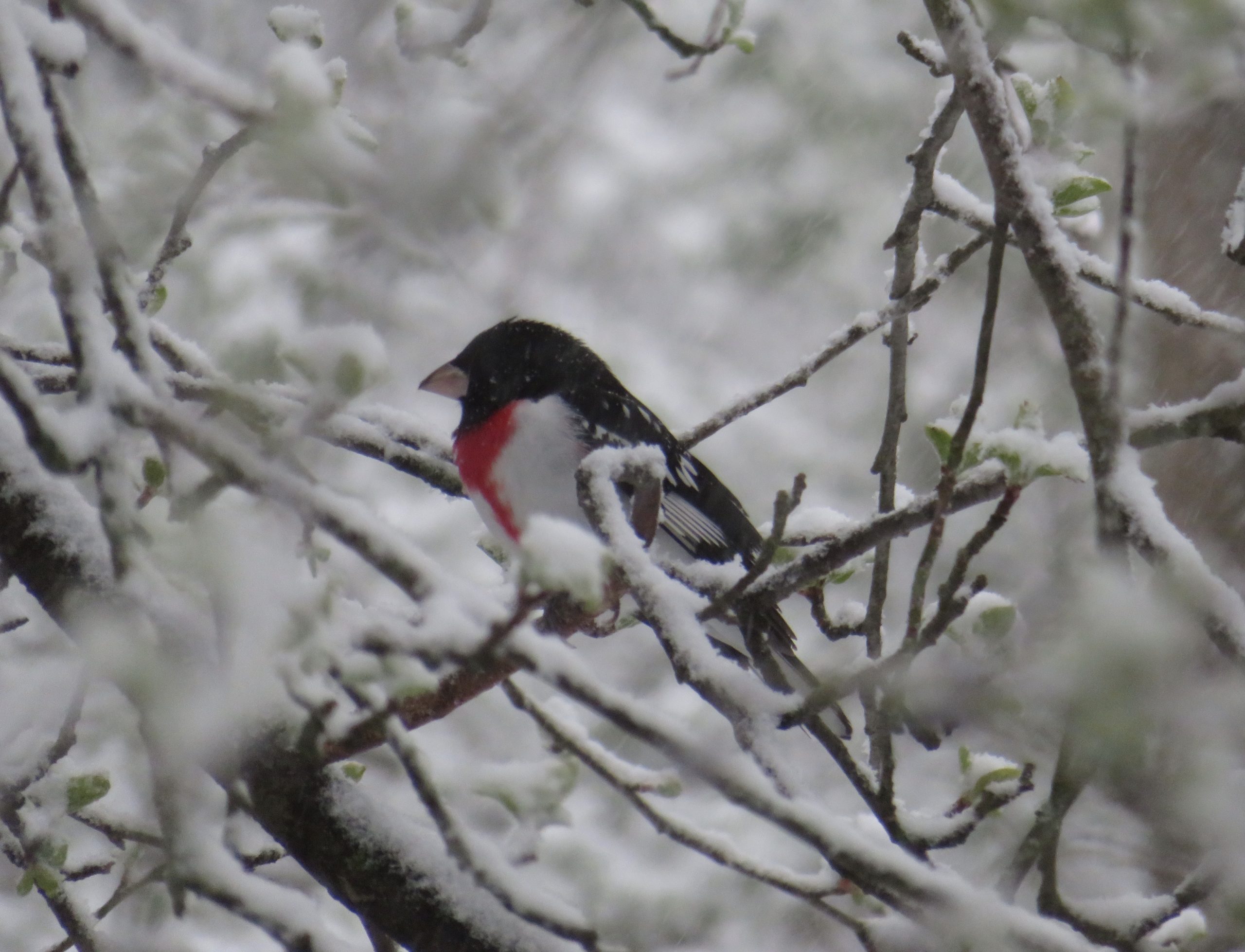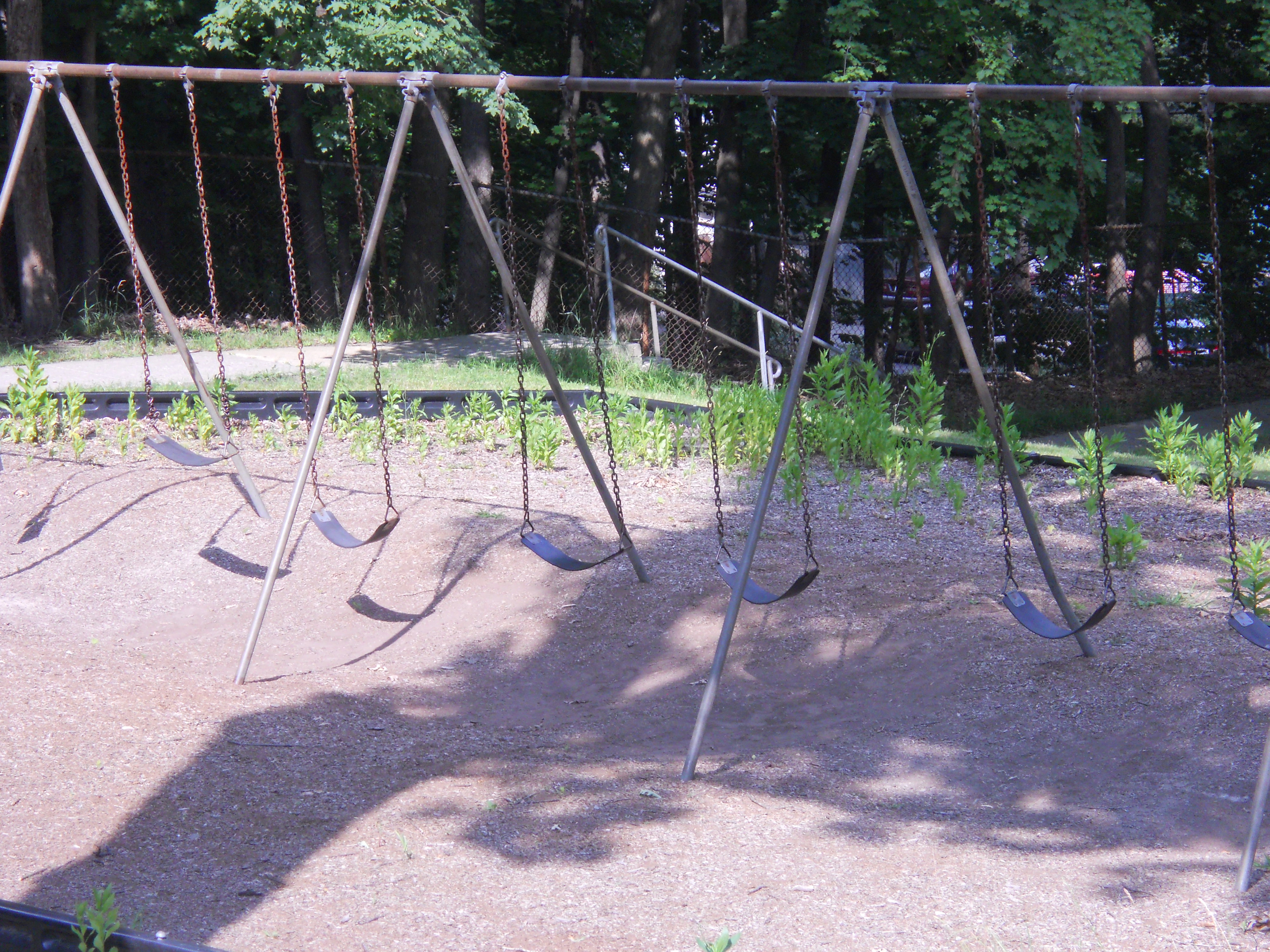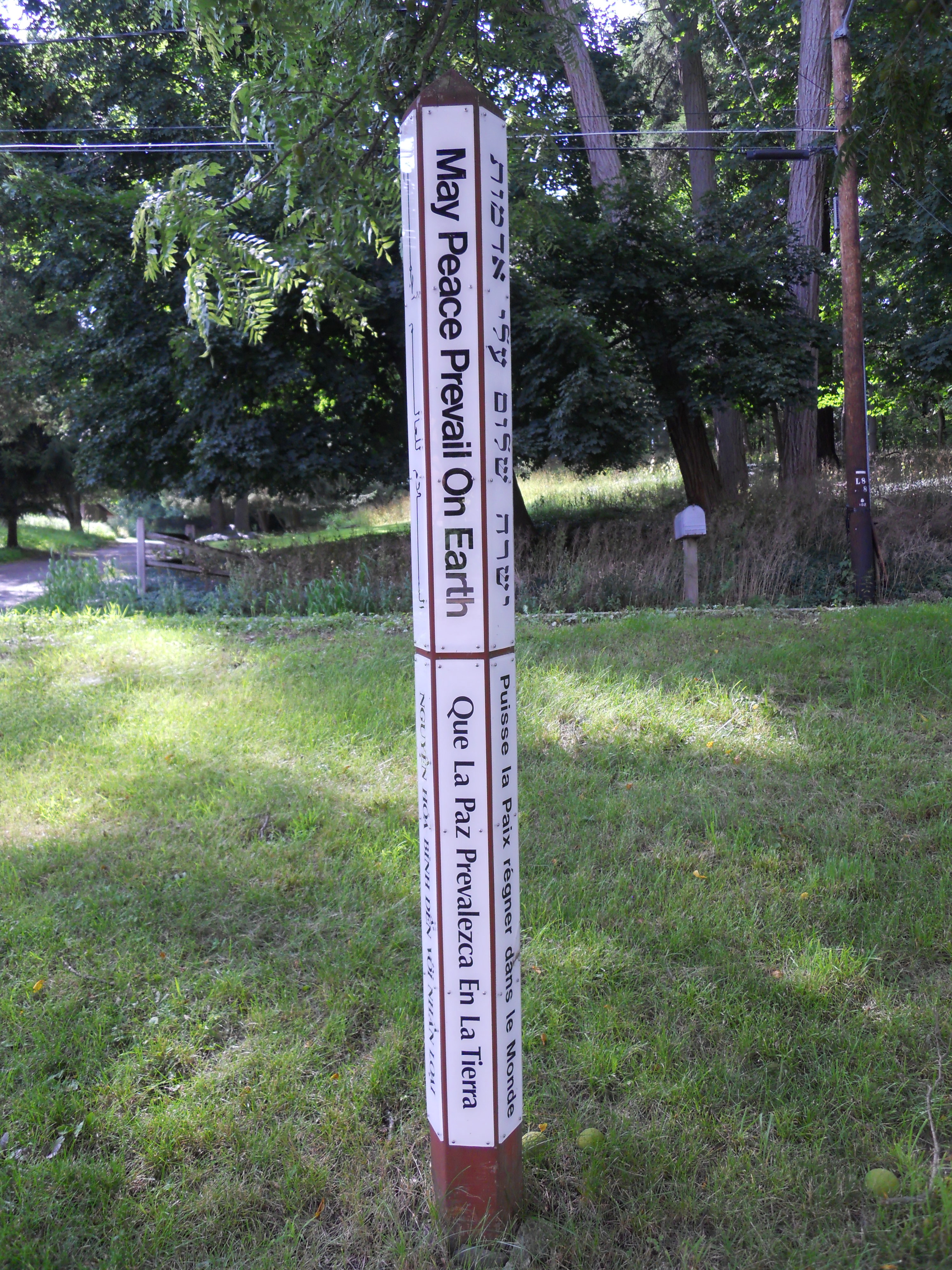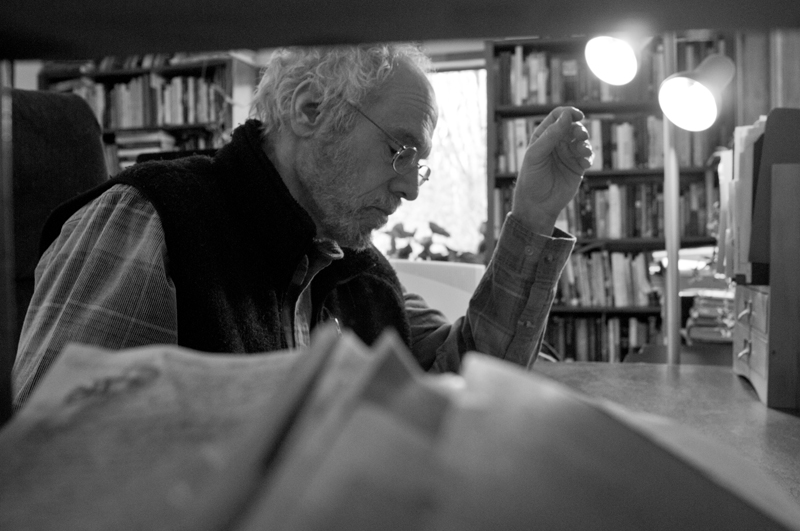**This blog was also published by the Swenson Book Development website.
How do you write well? Probably thousands have written about this. On the surface, it seems writing is about language, which to a large extent it is. It seems it is about which words to use, or how to find a unique story or approach. But from my point of view, it really is about the mind and body that writes. It is about being truthful and real. If you fake it, your readers will know it. You will know it. The plot or argument won’t hold together. When it’s truthful to you, it will engage others.
And you don’t merely know a truth intellectually—you feel it. A word of beauty is really a path for feeling to follow, or it reveals the path feeling took to get to meaning. Without feeling, words are empty code. Dead. When a sentence feels off or incomplete or like it’s struggling for breath, it is wrong, no matter how attractive it looks. Don’t get distracted by good looks. It is the heart that counts.
Feelings arise before words and memories do. They arise with the first hint of awareness. You probably have experienced not knowing what you want to write until you put something down on paper, or in your computer. The act of writing opens up the conscious to the depths normally unconscious. It is creating and thinking. It is revelation.
So the first step in writing and creating is being aware of feeling. I do that by meditating, exercising and reading. Meditation clears my mind and increases awareness and focus. Exercise energizes me and clears away blocks and obsessions. Reading provides imagery, insights, and intellectual challenges.
The philosopher, psychologist, and writer Dr. Jean Huston said in a workshop I attended, that immersing yourself in poetry makes beauty readily available to you. Beauty will then percolate through the unconscious and emerge in one’s speech and writing. The same with reading stories, psychology, philosophy, history and such. Reading reveals doors which meditation unlocks.
One meditation is to focus attention on the tip of the nose and count breaths. This develops a focused attention which is also peripherally aware of what is going on inside you. All you have to do is count to ten. Listen to the count. The directions for meditation or mindfulness might sound simple. It is the mind which adds the complexities.
In school, on hard plastic chairs, we sit near the edge of the chair so we’re neither slouched nor rigid. Close your eyes partly or fully, rest your hands on your lap, and put your attention, continuously, at the tip of the nose and feel the sensations of breathing. Feel the moving air, its temperature, consistency as you breathe in—and out. Inhale. Then exhale and say “onnnnne” to yourself. Continue to be aware throughout the breath. When the exhalation completes itself, allow the in-breath to happen on its own. Then exhale with “twoooo.” Just count. Gently maintain your awareness without trying to change the rhythm of the breath. Continue in this fashion, counting the exhalations until you get to ten. Then, instead of saying eleven, go back to one. Do this sequence once more until you get to ten, and again.
If any feelings arise, be kind to yourself. Notice what’s there and then return to the breath. No internal commenting is necessary. The same if any thoughts arise. Just notice the arising or the whisper of thought. Then let it dissipate as you return your attention to the counting and the feel of air passing in and out. That’s how you start. Two minutes for the first time is good. Your body will ask for more if you don’t force it.
If, or when, you get lost, and you lose the count or awareness of the breath, just focus on the fact that you noticed you were lost. This is the prime lesson. Everyone gets lost sometimes. It is the fact that now you are found, and how you respond to it that is important. Enjoy being found.
The meditation develops a sense of presence that is inherently creative and curious. Understanding will come more quickly to you. If you look at your ideas or writing in this state, you will readily notice what feels off or incomplete.
Another wonderful practice is proprioceptive writing, created by Linda Trichter Metcalf and Tobin Simon. It is a “method for finding your authentic voice,” and hearing your personal truth. It asks you to use a pen or pencil instead of a computer because when you write with the hand, you actually shape the words and thus have a greater ability to feel and hear what you write. It is especially appropriate for the brainstorm or first draft. Put your pen to the paper and write whatever comes to you. Maybe you have a question or topic in mind you want to explore—respond to that. If you get lost or confused, write down your confusion. “Write what you hear. Hear what you write.” Don’t edit. Just let your self go free. Edit later. Write until what you hear feels real, honest, exciting, and large enough to do justice to the topic.
Sometimes, when you don’t know where to begin an essay or can’t figure out how to answer a question, you need to begin with the confusion. Start your brainstorm or the essay or story itself by voicing your confusion. By going directly into it, it unravels.
Study yourself. When are you most clear and awake? In college, my best time was late at night, when the world was quiet and my school day complete. Now, it is the morning, when I’m fully awake but still close to dreaming. The morning sun—the freshness of the light—gets to me.
Think of writing as a process. To prepare, you immerse yourself in a topic until you are clear on what drives you. Then you brainstorm or do proprioceptive writing, recording initial ideas without care about spelling or craft—with honesty and feeling. Then later you craft. You plot. And then you test it, share it, think about how others will hear it, and re-write it. Actually, you constantly repeat the steps of the creative process. You prepare through immersion. You propose sentences, plot lines, arguments and counterarguments and question them. You then allow yourself to be aware of frustration and feelings. Then you incubate; you step back, take a walk in the woods or meditate or sleep on it. And in the morning, or after the meditation, the answer will be there, or you will have a new perspective. The material will be integrated. Illumination will follow.
When you get lost or don’t know what to write, return to the source. Go quiet. Work with your mind and body, not against it. But be diligent and commit. Commit to your work and to the process of writing itself. If you focus on the result, you will force it. Instead of valuing the ends over the means—the celebration, acclaim, the satisfaction of completing a project—love the process itself. To love the process is to turn your whole life into a creative act. It is to value each moment you live.
What a beautiful way to live.





